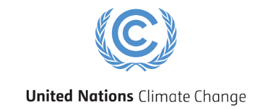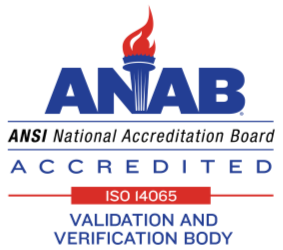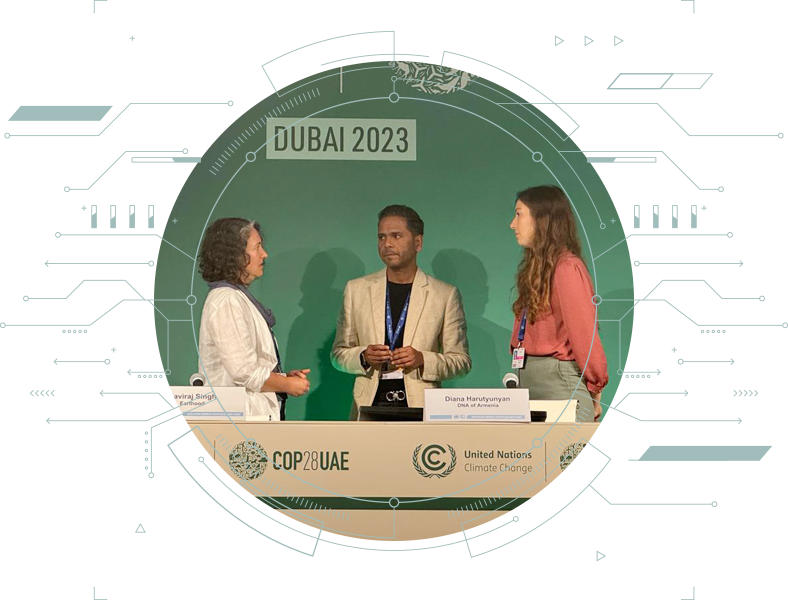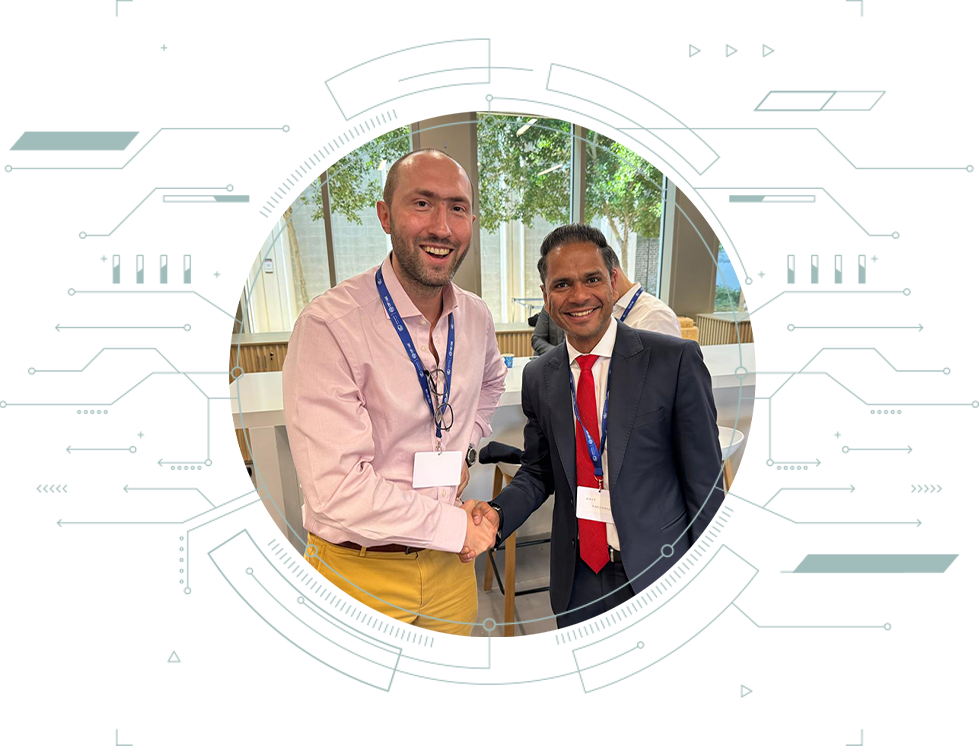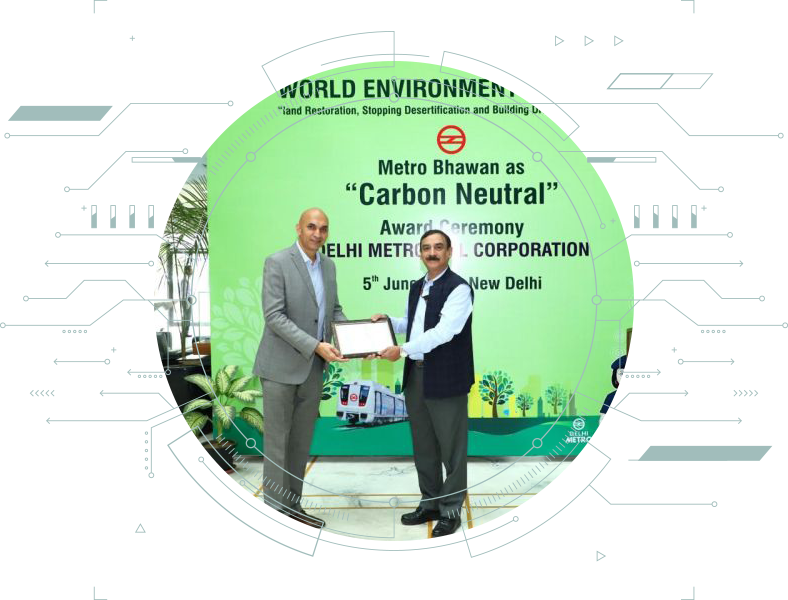
What are Carbon Offsets?
Carbon Offsets refer to the reduction in emissions of greenhouse gasses, mainly carbon dioxide, that compensate for an emission made elsewhere. Offsets can be achieved through projects inducing financial support with the target of reducing the short-term or long-term emission of these gasses. A carbon offset, thus causes the creation of less carbon, wherein carbon offset programs represent direct emission reductions. Buying carbon offsets can support projects removing greenhouse gasses from the atmosphere.
Carbon credits represent a general reduction in greenhouse gas emissions, whereas carbon offsets showcase greenhouse gas removal. When a carbon offsetting project monetizes its contribution to the voluntary carbon market, it is called the generation of a voluntary carbon credit. If one wishes to reduce the carbon footprint, the credits they buy would likely involve efforts of carbon offsetting. Individuals can buy carbon offsets, whereas only nations or companies trade compliance carbon credits. Carbon offsets are therefore purchased by any entity wishing to reduce emissions.
Differences between Carbon Offsets and Carbon Credits

| Aspect | Carbon Credits | Carbon Offsets |
|---|---|---|
| Definition | A certificate representing the legal right to emit one tonne of CO₂ or an equivalent amount of another greenhouse gas | A representation of a reduction in emissions made to compensate for emissions elsewhere. |
| Origins in Climate Policy | A key component of cap-and-trade systems for reducing industrial greenhouse gas emissions. | A form of trade where funding projects reduce greenhouse gas emissions to offset one's own emissions. |
| Market Mechanism | Operates within mandatory cap-and-trade systems with established emission limits or caps. | Operates within a voluntary market where offsets are purchased to improve environmental standing. |
| Regulations/Standards | Subject to strict regulations within compliance markets to ensure actual reductions in emissions. | Verified by third-party organizations to ensure reductions are measurable, real, and permanent. |
| Measurement | Measured in tonnes of CO₂ equivalent; one credit equals one tonne of CO₂ equivalent emissions reduced. | One offset represents one tonne of CO₂ equivalent emissions reduced or removed from the atmosphere. |
| Purchasing and Usage | Bought and sold on carbon markets, with prices influenced by supply and demand; used to maintain emissions within a quota. | Can be bought by anyone to compensate for emissions that cannot be eliminated. |
| Project Examples | Renewable energy projects (solar, wind), reforestation, methane capture from landfills. | Reforestation, energy efficiency upgrades, renewable energy projects, methane capture. |
| Additionality and Permanence | Must ensure reductions would not have occurred without the credit's incentive and are maintained over time. | Criteria enforcement can be less stringent; and focuses on ensuring reductions are real and permanent. |
TYPES OF CARBON OFFSET PROJECTS


HOW DOES CARBON OFFSET REDUCE EMISSIONS
Clients










